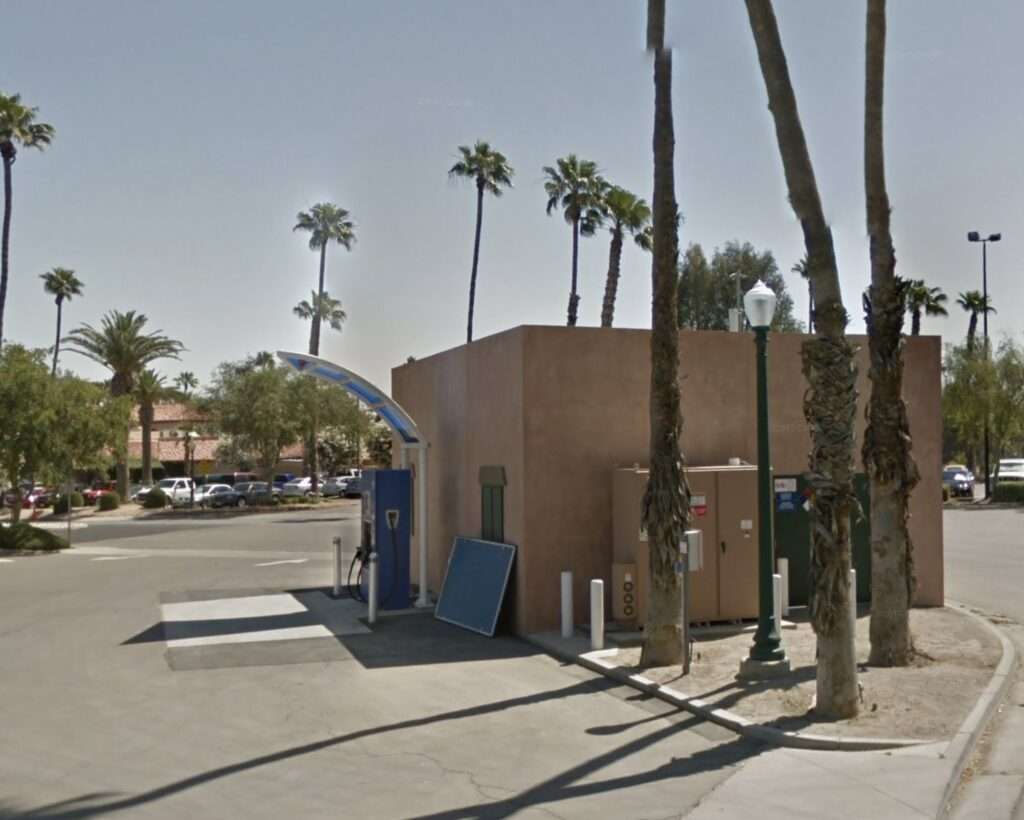Summer sees a dramatic increase in road traffic each year as millions of vacationers hit the road for sunny destinations. In Europe, for example, the A7 motorway in France, nicknamed the "Autoroute du Soleil", sees its traffic increase by 30 to 40% during the months of July and August. In the United States, national parks like Yellowstone and Yosemite see millions of summer visitors, putting additional pressure on surrounding roads. In China, with the rapid development of road infrastructure, more and more Chinese people are opting for car travel during vacations. The increase in traffic during the summer period inevitably results in increased attendance at service stations which today play a central role in the travel experience.
And to meet the challenges of increased summer traffic, the energy transition and the demands of modern consumers, gas stations must adapt. The use of the Viametris MS-96 mobile laser scanner can be a faithful ally in helping gas station operators adapt their infrastructures to contemporary needs. Let’s go!
Today’s gas stations are no longer limited to simply selling fuel. They have evolved to become multifunctional centers, offering a diverse range of services. According to a study by the National Association of Convenience Stores (NACS), approximately 80% of gas stations in North America have a convenience store, and almost 50% offer food services. For example, travelers can now find rest areas, restaurants, shops, clean toilets, children’s play areas, and even car repair services. This transformation responds to the demand of modern consumers, seeking comfort and convenience when traveling.
In order to meet the growing needs of vacationers and adapt to technological and ecological developments, gas station operators must improve their infrastructure to maintain a high level of quality of service and thus better welcome their customers. In a few minutes, a visit with the MS-96 mobile laser scanner allows you to define, through the analysis of the data collected, the improvements to be considered.
> Identification of renovation work: A comprehensive scan with the MS-96 can reveal areas requiring renovation and identify critical points requiring repairs, allowing work to be efficiently planned ahead of the summer period.
> Improvement and optimization: With detailed data, operators can plan specific improvements. For example, a station can use the results of a scan to expand its service area, add new pumps and reduce waiting times by 20%. A strategy that can make a difference for vacationers. Less time at the pump, faster arrival at the beach!
> Management of passenger flows: In summer, the flow of travelers increases significantly. Scanning helps to better understand traffic patterns and identify congestion points. This helps to reorganize access and exits, manage parking spaces and thus reduce possible traffic jams.
> Installation of charging stations for electric vehicles: With the rise of electric vehicles (1 in 4 vehicles sold in China is an electric car), service stations must adapt by installing charging stations. The Viametris MS-96 will help operators determine the ideal locations for these terminals.
Shell Berchem in Luxembourg is often cited as the busiest gas station in the world, selling around 300 million liters of fuel per year and handling more than 1.2 million vehicles each year. 400,000 coffees are consumed there per year and 360 rolls of toilet paper used every day!

The True Zero Hydrogen station in Harris Ranch, California, produces its own hydrogen using solar panels, making it almost entirely self-sustaining. It can produce up to 500 kg of hydrogen per day, enough to power around 1,000 hydrogen vehicles.

The Helios House station in Los Angeles stands out for its futuristic design and advanced eco-friendly practices, including solar panels generating up to 50% of the electricity needed for the site and recycled materials covering the entire structure.

The Nullarbor gas station, located on Australia’s Eyre Highway, is famous for its extreme isolation on the vast Nullarbor Plain, stretching over 1,100 km between Norseman in Western Australia and Ceduna in South Australia . It is essential for travelers because of its considerable distance from major cities and its ability to offer not only fuel, but also provisions, meals, accommodation and other basic services. The harsh weather conditions of the Nullarbor plain further reinforce its crucial role in ensuring the safety and comfort of travelers in this arid region. Needless to say, it is essential to keep an eye on the fuel gauge when passing through the region…
